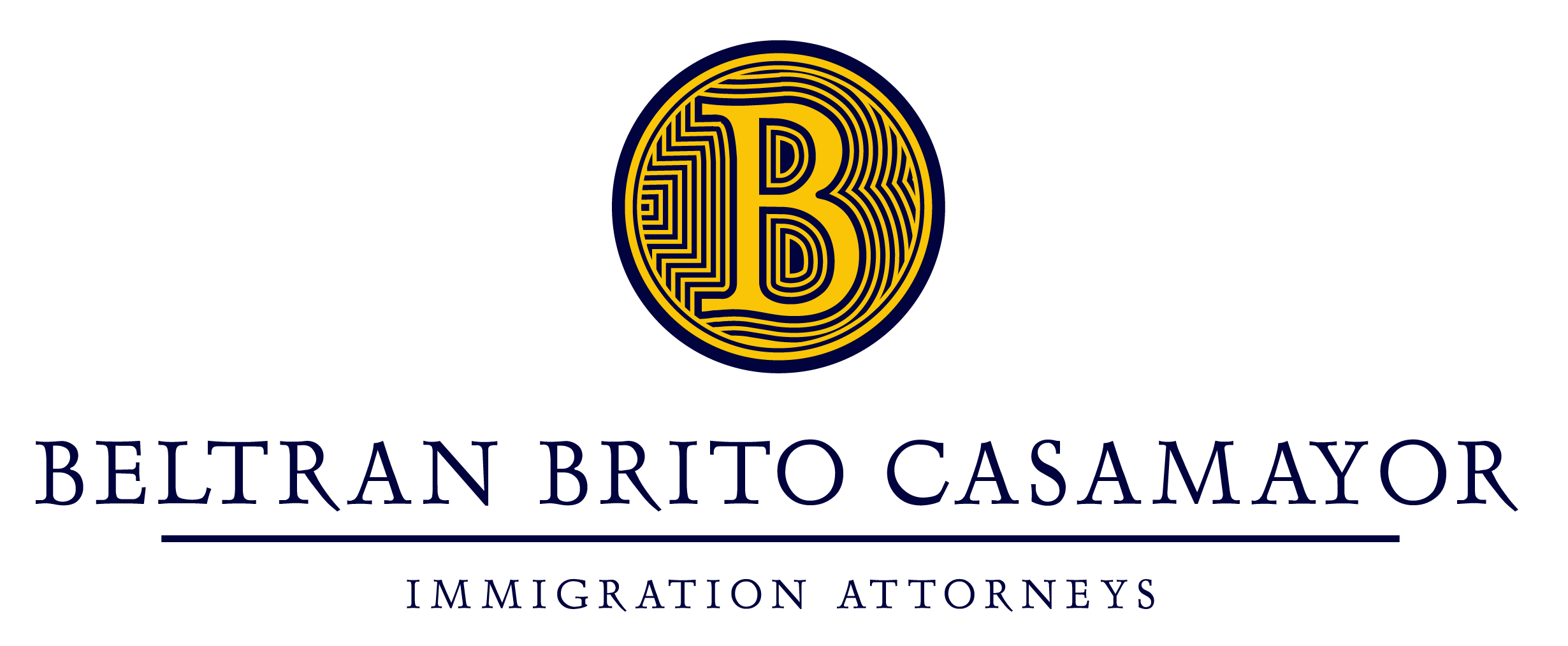Whether you are American, a resident or simply a tourist, you must respect the limits regarding the amount of money that you can bring to the United States without declaring it.
The crucial question is: How high is that amount?
The truth is that there is no limit, but if you exceed $ 10,000 then you have to make a declaration at customs.
 This is due to the Currency and Foreign Transaction Reporting Act.
This is due to the Currency and Foreign Transaction Reporting Act.
But what is considered “money”?
The following list shows you what is added to those $ 10,000:
- Current coins in circulation
- Gold coins
- American dollars
- Currency of any other country
- Signed money orders
- Traveler’s checks
- Business or personal checks that are signed or endorsed, even if the payee is not the traveler or if the payee’s name is not specified.
- Signed promissory notes
What if I travel with my family and distribute the money among all?
Not a good trick. The authorities count the total amount of money that all the members of the same family carry together. Remember: the total can’t exceed $ 10,000.
If I’m bringing more than $ 10,000 to the U.S., how do I declare them?
Filling the FinCEN 105 form. It can be downloaded for free from the U.S. Customs and Border Protection’s website.
How much do I have to pay?
Usually, nothing. However, the CBP will inform the IRS and the latter will decide whether you have to pay a tax on that money or not.
What if I did not declare the money and I get caught?
Several things can happen. Most often, the authorities will take the money from you, and you may not see it again.
Tip: The best in these cases is to hire a Customs attorney. If you can prove that the money has a legal provenance, and after a long process that can take months, you may get the money back.
Is there a limit to the amount of money that I can take out of the U.S.?
No. There are no customs control points when leaving the country. However, authorities are alert to detect illegal activities.
